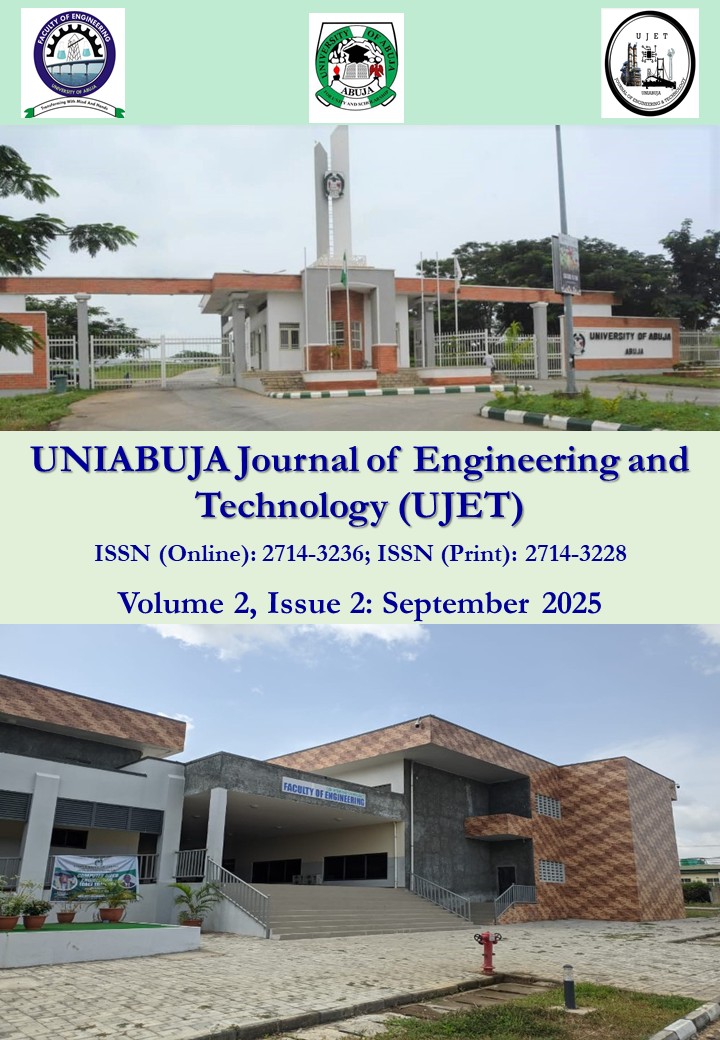Investigating the Microstructural Variation Between the Uncoated and Coated Ti27at. %Nb and Ti-25at. %Ta Alloys at the Selected Parameters
Keywords:
Microstructural, coating thickness, surface hardness, adhesion strengthAbstract
In this study, microstructural investigations and characterization of coated and uncoated Titanium Niobium (Ti-27at. %Nb) and Titanium Tantalum (Ti-25at. %Ta) alloys samples were conducted to assess the coated and uncoated alloys. The samples were cut into the required sizes, grounded and polished for materials characterization testing and coating process. The choice material for coating the samples was Titanium nitride (TiN). The coating process was designed by applying Taguchi method to find the appropriate number of experiments using Magnetron sputtering. Microstructural characterisation was done after the coating was applied using the Taguchi orthogonal array (OA) method and Physical Vapour Deposition (PVD) technology. Using Electron Backscatter Diffraction (EBSD) to characterise the as-received alloys, it was discovered that characteristic microstructural and textural gradients had formed, with grain sizes of 134 μm, 38 μm, and 72 μm for Ti-27at% Nb and Ti-25at%Ta, respectively. The microstructural investigations of the optimized Ti-27at. %Nb and Ti-25at. %Ta coated with Ti/TiN performed employing XRD, FESEM, EDX and AFM techniques revealed the morphological, elemental composition, phases and roughness of the alloys. The influence of the recommended parameter combinations on crystallite structure was established and the average crystallites (grain) size of the improved samples as presented by the XRD analysis were determined. The various thicknesses of coated Ti-27at. %Nb and Ti-25at. %Ta samples that give optimal adhesion strength are 1.92μm, 1.78 μm and for optimal surface hardness are 1.73 μm, 1.91 μm respectively. Results of AFM analysis showed that the coated Ti-27at. %Nb to obtain optimal adhesion has lower surface roughness (Ra) of 27.04 nm, than the coating to obtain optimal hardness which is 44.07 nm while the coated Ti-25at. %Ta to obtain optimal hardness has lower surface roughness of 32.20 nm than the coating for optimal adhesion with roughness of 33.56 nm.
Downloads
Published
How to Cite
Issue
Section
License
Copyright (c) 2025 UNIABUJA Journal of Engineering and Technology (UJET)

This work is licensed under a Creative Commons Attribution-NonCommercial-ShareAlike 4.0 International License.
